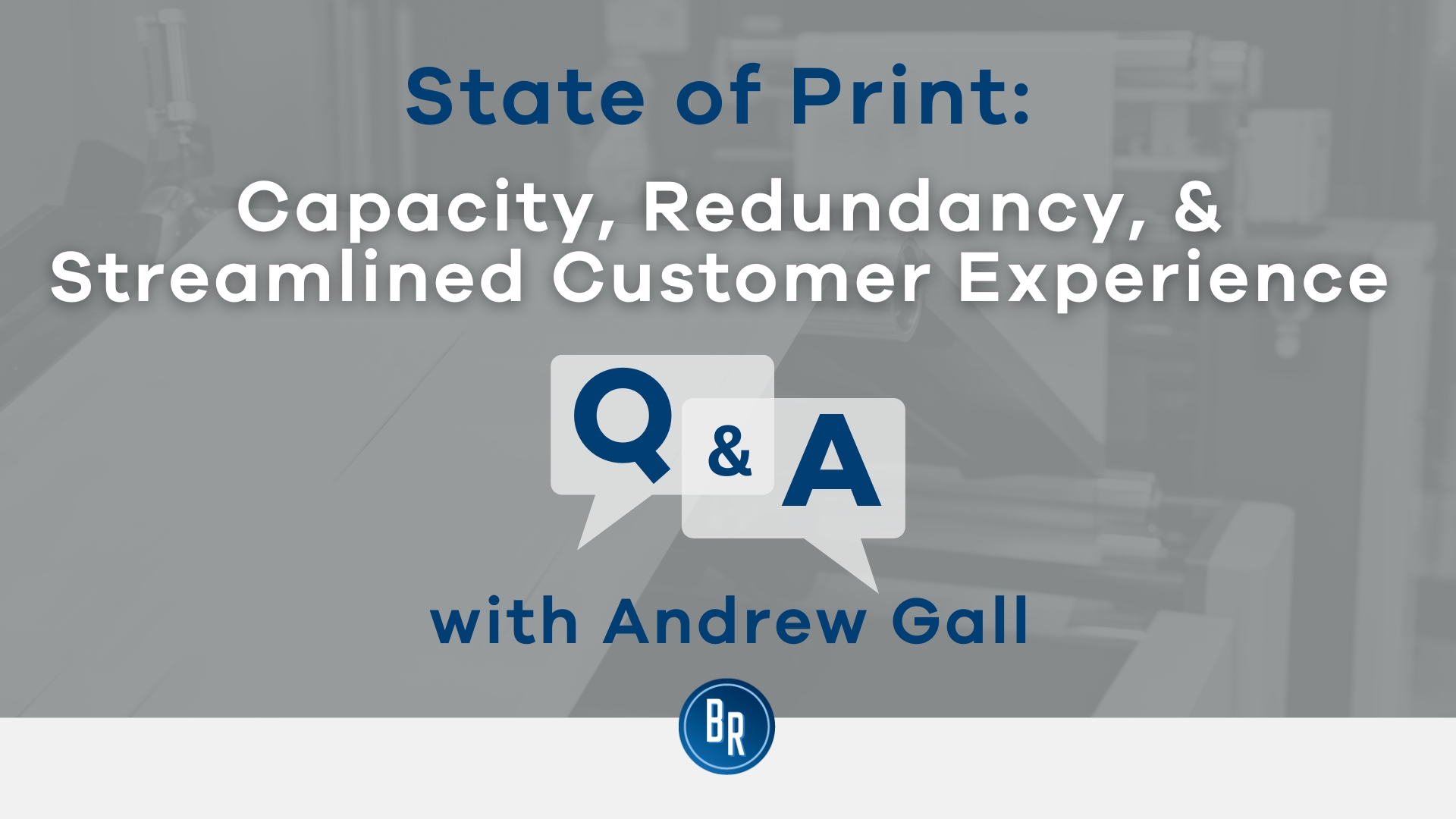Who Pays Redundancy Money? A Comprehensive Guide for Employers and Employees
Wiki Article
Investigating the Interaction Between Firm Redundancy and Organizational Versatility for Future Growth
In the vibrant landscape these days's organization globe, the detailed relationship in between company redundancy and business flexibility becomes a critical aspect for continual growth and success. Firms typically encounter the challenge of striking a delicate balance between preserving a level of redundancy to alleviate risks and fostering versatility to respond swiftly to the ever-evolving market needs. This fragile interaction holds the crucial to not only surviving in unstable times yet likewise thriving despite uncertainty. As we explore the complex measurements of this interaction, interesting insights into just how companies browse these complexities to lead the way for future development wait for.Value of Firm Redundancy
Firm redundancy is an essential component that enhances business durability and minimizes functional threats. By incorporating redundancy steps within the business framework, companies can better stand up to unanticipated interruptions and changes in business setting. Redundancy offers as a critical barrier, enabling business to adjust and react properly to unanticipated obstacles without compromising vital procedures.One secret aspect of the importance of firm redundancy is its role in ensuring continuity throughout times of dilemma. When faced with abrupt changes or emergency situations, redundant systems, resources, or workers can tip in to maintain important functions and protect against prevalent disturbances. This continuity not just safeguards the business's reputation and customer trust yet also reduces economic losses and functional downtime.

Methods for Business Flexibility

Creating adaptable business structures that enable for quick changes to market characteristics and client demands is crucial for staying competitive in a swiftly progressing setting. By proactively recognizing prospective disruptions and chances, companies can proactively thrive and adapt in an ever-changing organization landscape.
Balancing Redundancy and Adaptability
Achieving a harmonious stability between functional redundancy and business flexibility is vital in browsing the complexities of a vibrant organization environment. Redundancy within a business supplies a safeguard, making certain connection and security in procedures. Nevertheless, an unwanted of redundancy can lead to inefficiencies and prevent versatility to changing market problems. On the various other hand, business adaptability permits firms to react promptly to outside disturbances and take brand-new opportunities. Striking the ideal equilibrium between redundancy and flexibility is a delicate process that calls for a deep understanding of the organization's goals, sector characteristics, and danger resistance.To achieve this balance, companies need to perform normal assessments of their procedures to recognize locations where redundancy is essential for threat reduction and where flexibility can drive technology and development. Carrying out versatile structures, promoting a culture of continuous learning and renovation, and urging open interaction across all levels of the company are vital approaches to balance redundancy and versatility efficiently. By aligning these 2 essential aspects, business can position themselves for lasting development and success in an ever-changing business landscape.
Study on Adjustment Success
In analyzing instances of successful organizational adjustment, it comes to be noticeable that the interaction between operational redundancy and flexibility is a defining consider forming durable companies. One engaging study is that of Netflix. Originally a DVD rental service, Netflix showed exceptional adaptability by transitioning right into a streaming platform when digitalization interfered with the market. By purposefully investing in technology and web content development, Netflix not just prospered but made it through in a rapidly progressing market. Another standout instance is Amazon. Beginning as an on the internet book shop, Amazon continuously adjusted its business design, increasing into varied sectors such as cloud computer and expert system. This adaptability allowed Amazon to stay in advance of rivals and meet altering customer demands. Finally, Adobe Full Report gives a noteworthy picture of effective adaptation. The company moved from marketing software licenses to a subscription-based design, making certain recurring income streams and improved consumer engagement. These case research studies emphasize the value of operational redundancy coupled with business flexibility in fostering long-lasting development and competitiveness.Structure Durability for Future Growth
Building resilience for future development calls for a critical Continue alignment of functional procedures with market characteristics and emerging patterns. Companies must adjust to transforming settings by fostering a culture of adaptability, advancement, and constant improvement. Resilience entails not just recovering from setbacks yet likewise proactively getting ready for future challenges. One vital element of building strength is spending in robust threat administration techniques to mitigate prospective disruptions. This consists of situation preparation, branching out supply chains, and developing backup prepare for numerous backups (who pays redundancy money).Moreover, cultivating strong connections with stakeholders, such as consumers, employees, vendors, and the area, is vital for weathering uncertainties and keeping count on and support during turbulent times. Reliable interaction and openness play a vital role in structure resilience, as they assist help with and line up assumptions cooperation in browsing uncertainties.
In addition, companies require to focus on learning and advancement initiatives to upskill workers and outfit them with the required devices to adjust to altering scenarios. By investing in their workforce, companies can boost their flexibility and agility, inevitably strengthening their strength for sustainable future growth.
Final Thought

In the vibrant landscape of today's organization globe, the intricate relationship in between address firm redundancy and business flexibility emerges as a critical variable for continual development and success. Companies typically encounter the obstacle of striking a fragile equilibrium in between keeping a level of redundancy to alleviate risks and promoting adaptability to react swiftly to the ever-evolving market demands.To accomplish this equilibrium, companies require to carry out routine assessments of their operations to determine locations where redundancy is needed for threat reduction and where versatility can drive technology and development.In verdict, the interaction between firm redundancy and organizational versatility is important for future growth. Building strength via a mix of redundancy and flexibility will certainly ensure that companies are prepared for the difficulties of the future.
Report this wiki page